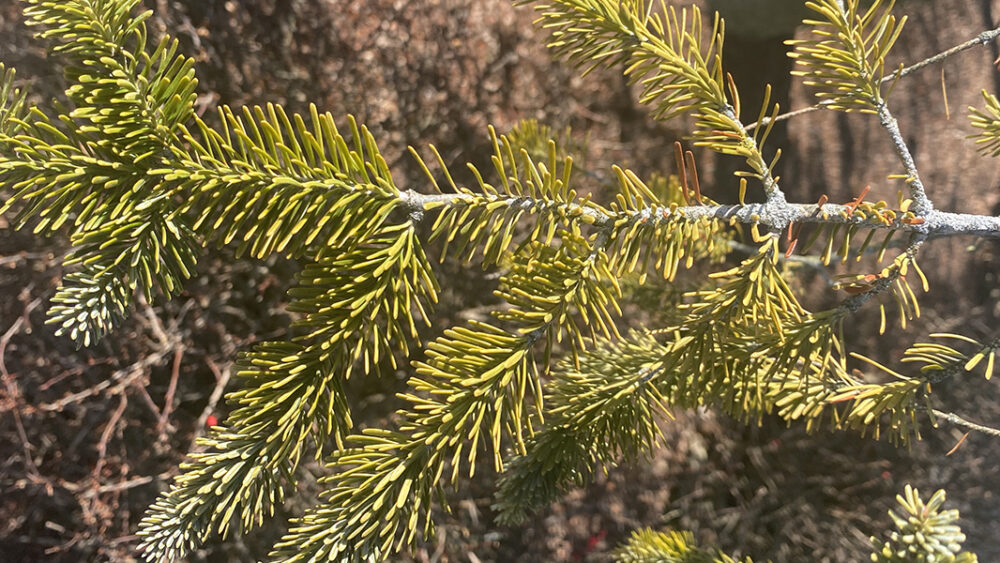The licensed arborists at Rick’s PHC Certified Arborists receive countless questions from plant lovers and hobbyists about parasitic plants on trees. As the leading independent provider of residential tree care and inspection in Pennsylvania, we see first-hand how these plant parasites infect millions of shrubs, flowers, and trees annually. They are also responsible for the death of thousands of acres of forest land across the United States.
While some parasitic species produce only cosmetic changes on an infected tree, many can deplete their nutrient supplies and make them less resistant to adverse weather. In this post, the tree care experts at Rick’s PHC Certified Arborists outline the top three parasitic plants that could affect your trees.
Arceuthobium or Dwarf Mistletoe
You can find dwarf mistletoe on hundreds of acres of conifer forests across Delaware. It is a species that thrives in urban and rural settings, despite its inability to perform photosynthesis independently. Dwarf mistletoe looks like a woody coral or an aerial root, with colors ranging from green to bright yellow.
Arceuthobium and its subspecies infect tree branches by injecting root-like growths into vascular tissues to siphon nutrients and moisture. Infected trees become weak and prone to mold infections, and, unfortunately, this invasive species spreads quickly within woodlands.
Dodders
Certified arborists like Rick’s PHC Certified Arborists typically call them haustoria, and salt marsh, golden, and California dodders are the most prevalent in inland urban areas across the United States. They grow in shrubbery and small plants, manifesting as growths that resemble green or yellow hairy tangled locks. Some species create tiny flowers that extend from the main stem.
All three local species of dodders create intrusions on the outer bark of trees with their root-like tissues. They are aggressive parasites, sapping vital minerals and nutrients from host plants and killing them. Apart from being one of the most prevalent parasitic plants on trees, dodders also kill thousands of acres of shrubbery and marshlands across the country every year.
Wintergreens or Pyrola
When the trees do not receive enough aeration and oxygen from the ground, their base shoots upward to break the surface. Wintergreens grow on these exposed roots rising above the topsoil around host trees. Fortunately, wintergreens are often non-aggressive and will not cause as much malnutrition as a dwarf mistletoe or salt marsh dodder.
However, these parasitic plants can still kill small trees during droughts and other periods where moisture and nutrients become scarce. The pyrolas look like flowers with slim stalks, and some onlookers compare the inside of the flower to a bell-clapper shape. Plant lovers will even grow them in controlled environments because of their aesthetic value, but experts do not recommend this in compacted areas where trees live close together.
More About Tree Parasite Solutions
When should your trees be inspected for parasites and other issues? Chat with our certified arborists to learn more. We serve a wide range of communities in Delaware County, Chester County, Montgomery County, and the surrounding areas.
If you suspect a tree issue, call Rick’s PHC Certified Arborists at 610-840-2655 today for tips on handling parasitic plants on trees, removal quotes, and more.


Comments are closed.